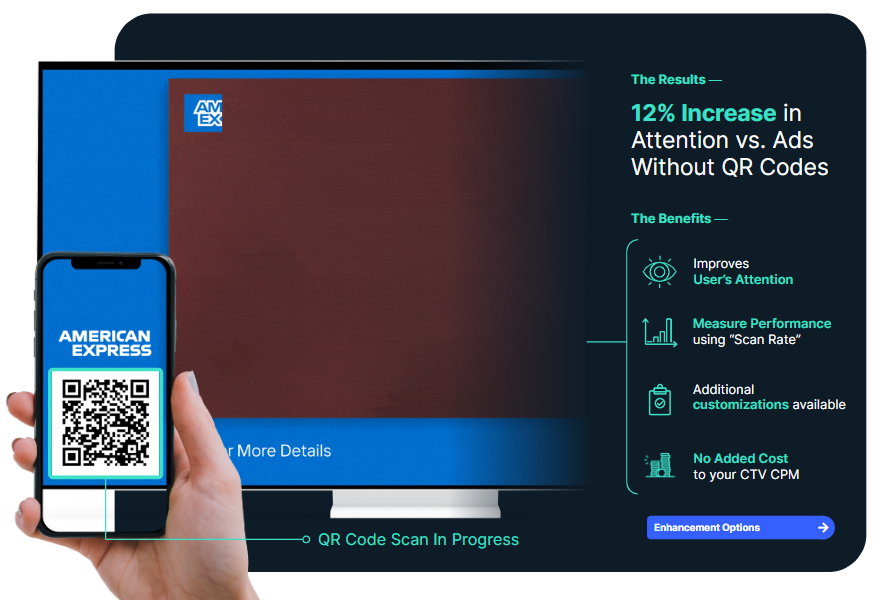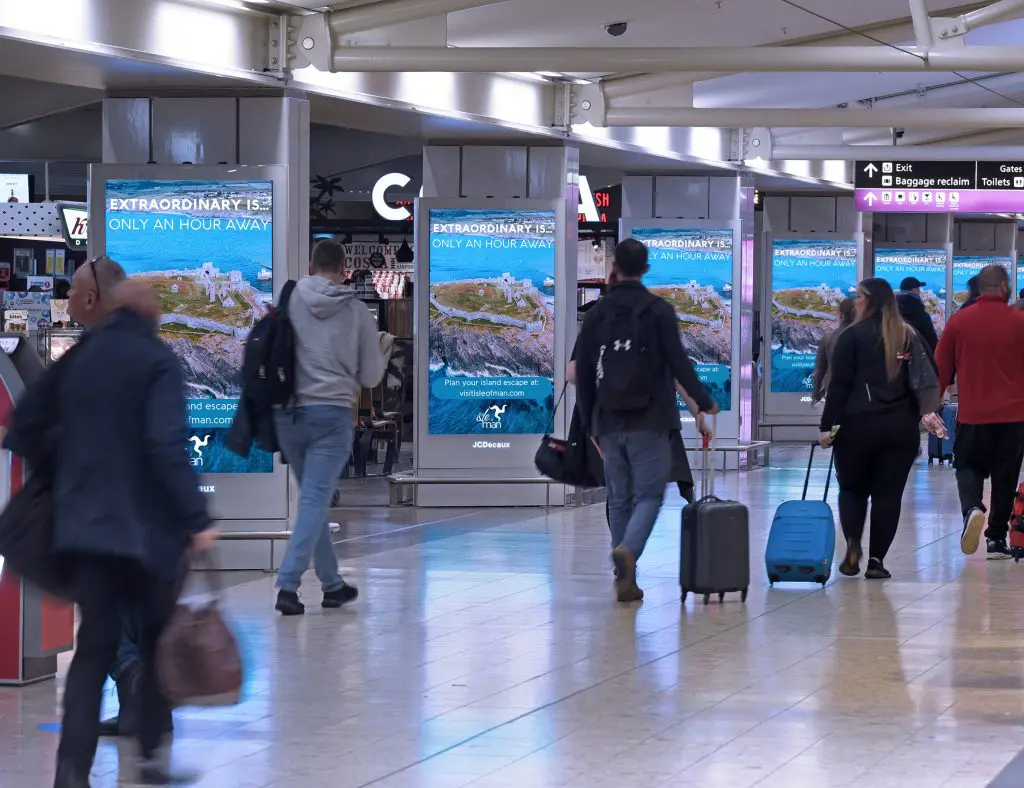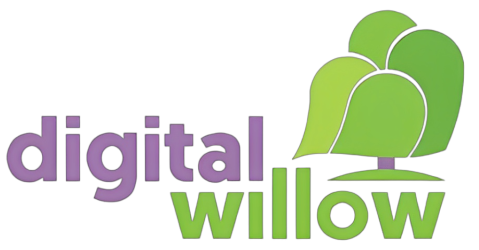Indeed, the ‘proximity marketing market size was valued at USD 42.1 Billion in 2021 and is projected to reach USD 292.9 Billion by 2030, growing at a CAGR of 31.9% from 2023 to 2030.’ (Verified Market Research, 2023).
What is Proximity Marketing?
Proximity digital marketing is a sophisticated advertising strategy that utilizes location-based technology to deliver targeted messages and advertisements to consumers based on their physical proximity to a specific location.
Think of it this way – you’re walking past a coffee shop and getting a notification on your phone for a discount on your favourite drink, just because you’re close to the shop. It uses technology to send personalized advertising to people based on their exact location, making the ads they see more useful and interesting to them.
What is an Example of Proximity Marketing?
We apply proximity technologies such as Bluetooth beacons, Wi-Fi & IP identifiers, geofencing, near-field communications (NFC), mobile campaigns, digital out-of-home, and QR codes to map useful marketing information by location and communicate with utmost relevancy.
Here are a few examples of campaigns we have run:
Targeting Tourists
Targeting tourists (with international mobile phones) within the walking catchment area of popular tourist attractions. We used this data to sell last-minute walk-in tickets.
Targeting commuters
Targeting commuters as they arrive at central train station hubs to encourage them to purchase products from the local retail shops.
Targeting home buyers
Targeting home buyers that were within certain neighbourhoods with invitations to see their local showhome and inspire them to upgrade.
Encouraging sports goers
Encouraging sports goers to purchase a match programme as they enter the stadium.
Connecting With Your Target Audience
Proximity marketing is also a great way to collect customer data. For example, when a customer is in a shop, the shop can require them to exchange some personal information such as an email address in exchange for being able to connect to and use the WIFI. This then allows the shop to identify when that customer returns to the area, meaning they can target them with push notifications and remind them to revisit the store or target them with loyalty vouchers.
This also makes proximity marketing a great way of rewarding loyal customers and nurturing that loyalty so that they may continue to spend at your store.
Things we could help you with
As you can see, when considering proximity marketing, there are many innovative marketing techniques and possibilities to consider. If we worked together we would start with your business objectives and brainstorm from there to create the perfect proximity marketing strategy for you.
Here are some ideas to kick start your thinking:
- Drive more in-store visits
- Trigger ticket sales
- Promote merchandise sales
- Run special promotions / offers in-store
- Give navigation assistance to consumers at events.
- Create a PR stunt, using play and games, creating talkability.
- Offer more content and encourage retention through value offering
- Keep your customers updated with the latest trends or information about your product.
Implement Proximity Marketing with these Tools and Techniques
Among the tools we use for proximity marketing, QR Codes, Connected TV Campaigns, and Digital Out-of-Home (DOOH) Advertising stand out for their effectiveness and versatility.
QR Codes
QR codes are one of the easiest forms of proximity digital marketing to implement. These are codes that are scannable by the camera on standard mobile devices. Once these codes have been scanned, the user will be taken to a webpage. This could display anything a company desires, such as information, menus, deals etc. Simple, unintrusive, and easy to use, QR codes are an easy way to boost a business’s digital marketing game and post-COVID have grown in adoption worldwide.
QR codes on Connected TV Campaigns
One format we like particularly is using QR codes on Connected TV campaigns. We particularly like this idea as it provides an easy and quick way for viewers to access additional information about the product or service being advertised on the connected TV. By simply scanning the QR code with their smartphone, viewers can be directed to a landing page, a product page, or even an interactive experience that provides them with more information about the product being advertised. It also offers marketers further tracking opportunities to measure the success of the TV campaign.
DOOH or Digital Out-of-Home Advertising
Digital Out-of-Home or DOOH Advertising is another proximity marketing technique we like to use at Digital Willow to build awareness and consideration in focused geographical areas. This concept takes the pre-existing infrastructure of out-of-home advertising such as billboards and bus stop advertisements and turns them into digital billboards and other displays. This media inventory is uploaded into Digital Willow’s programmatic buying tool, whereby we can see what is available and buy the inventory based on location, size and type of digital panel.
Digital Willow was the first to book this Government Tourism campaign in Edinburgh using Digital out of Home – where we adjusted the travel time based on location to show potential holidaygoers how long it would take to travel to the Isle of Man.

Types of DOOH Ads
Digital Billboards:
These are the digital version of traditional billboards and are typically found alongside highways or on major urban roads. They display high-quality digital ads that can change every few seconds, allowing multiple advertisers to share the same billboard space. Digital billboards are highly visible and can reach a large audience, making them ideal for brand awareness campaigns.
Street Furniture:
This category includes digital advertising on bus shelters, benches, kiosks, and other structures located in pedestrian-heavy areas. Street furniture ads provide opportunities for advertisers to reach urban audiences at eye level, offering the potential for more detailed engagement with passersby.
Transit Advertising:
This encompasses digital displays found in and on public vehicles (buses, trains, taxis) and stations (subway, bus, and train stations). Transit advertising targets commuters, offering advertisers a captive audience for their messages. The dynamic nature of these displays allows for timely and location-specific content.
Place-Based Media:
This type of DOOH advertising is located in specific venues such as malls, airports, office buildings, and cinemas. Place-based media can offer highly targeted advertising based on the venue, reaching consumers in a mindset to engage with content related to their environment, whether it’s shopping, travelling, or entertainment.
Interactive and Experiential Displays:
These are advanced DOOH advertisements that involve the audience through interactive screens, augmented reality (AR), and other engaging technologies. They encourage viewers to interact with the ad, creating memorable experiences that can increase brand loyalty and customer engagement. These displays can be found in various locations, from shopping centres to event venues, and offer unique opportunities for creative and immersive marketing campaigns.

Case Study Highlight: Boosting International Tourism at Shakespeare’s Globe with Proximity Marketing
Digital Willow executed a highly targeted, hyper-local digital marketing campaign to increase footfall and ticket sales for the iconic Shakespeare’s Globe Theatre in London. Leveraging advanced GPS and geo-targeting technologies alongside programmatic buying, the campaign focused on tourists in close proximity to London’s key attractions, utilizing insights into tourists’ international mobile phones and operating systems to precisely target potential visitors.
This approach resulted in a click-through rate (CTR) of 1.08%, significantly outperforming the industry average, and led to a remarkable 30%+ year-on-year increase in ticket sales for The Globe.
Following the success of the campaign, Shakespeare’s Globe has decided to repeat this strategy for a second year with an expanded budget, reinforcing the effectiveness of proximity marketing in capturing the attention of international tourists amidst the competitive London tourism market.
Read our full case study here.
Why Choose Digital Willow for your Future Proximity Marketing Campaigns?
Expertise in Proximity Technologies:
Mastery in Bluetooth beacons, NFC, geofencing, and more ensures targeted and efficient campaigns.
Tailored Strategies:
Campaigns are customized to align with your specific business objectives, enhancing effectiveness.
Innovative Solutions:
From interactive QR codes to dynamic DOOH advertising, they employ cutting-edge tactics to engage your audience.
Data-Driven Insights:
Utilization of analytics for campaign optimization guarantees improved performance and ROI.
Proven Success:
A track record of significantly boosting footfall and sales, as demonstrated in successful campaigns like for Shakespeare’s Globe.
Comprehensive Services:
Offering end-to-end support, from strategy development to execution and analysis, acting as an extension of your marketing team.
Customer Focus:
A commitment to creating relevant and meaningful experiences that foster customer loyalty and repeat business.
If proximity marketing has piqued your interest and you think you might want to discuss some ideas with us don’t hesitate to contact us!
Get help from experts now!
